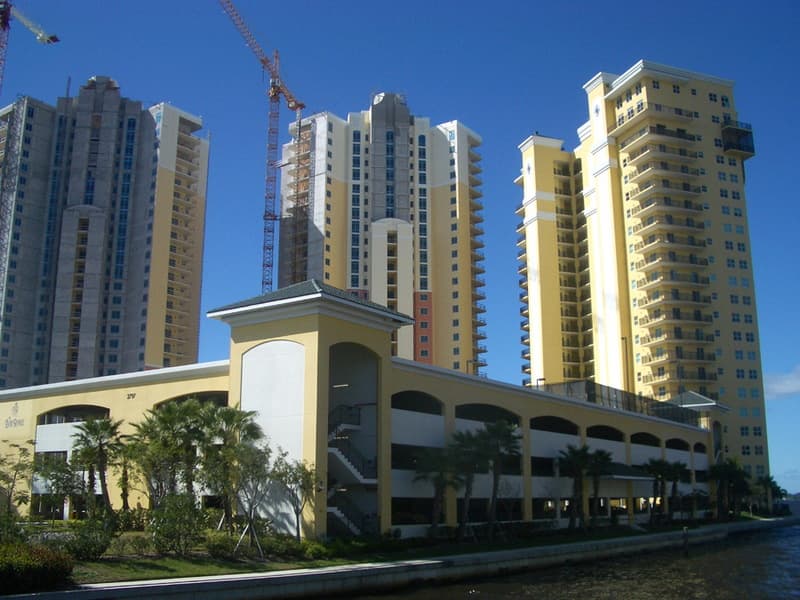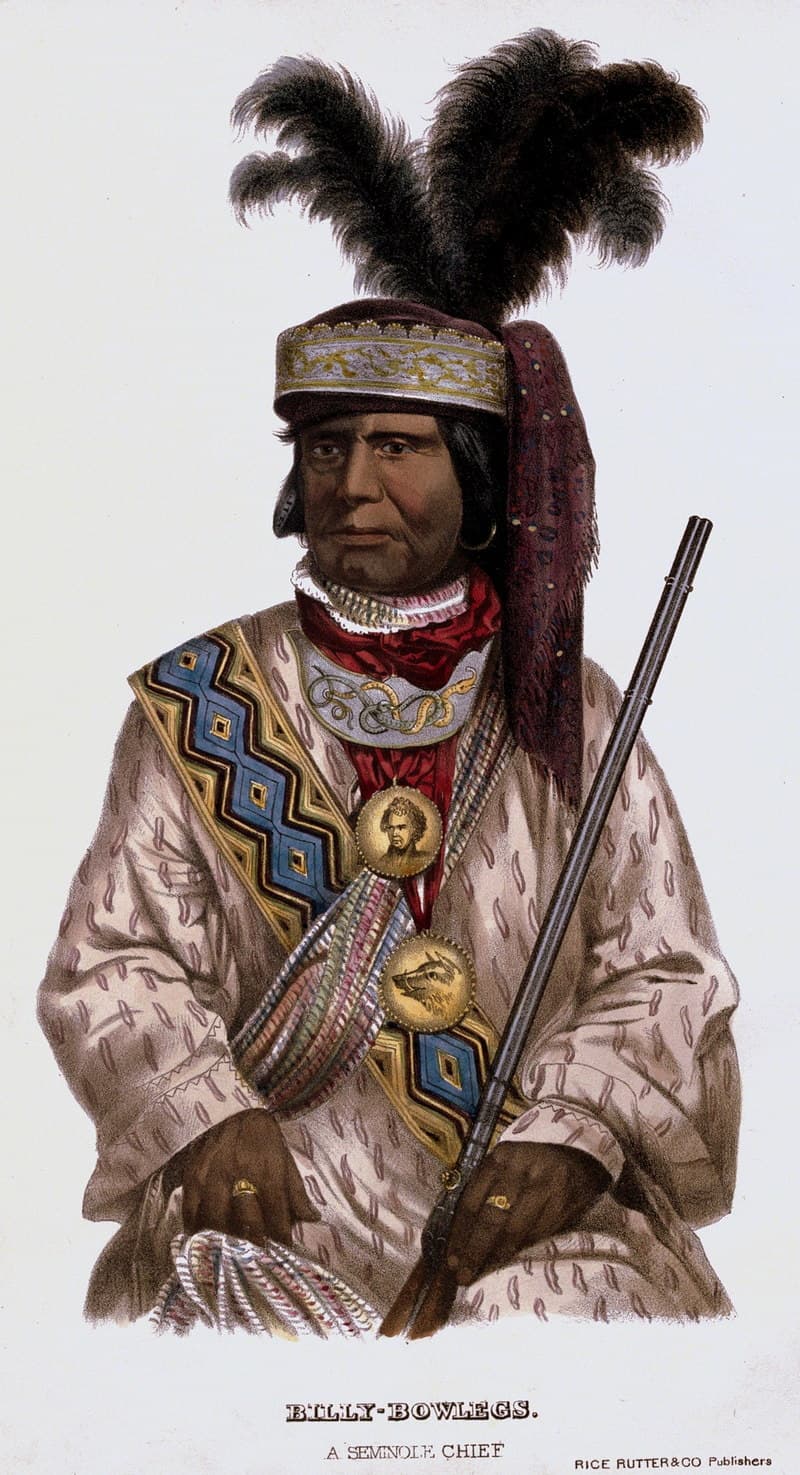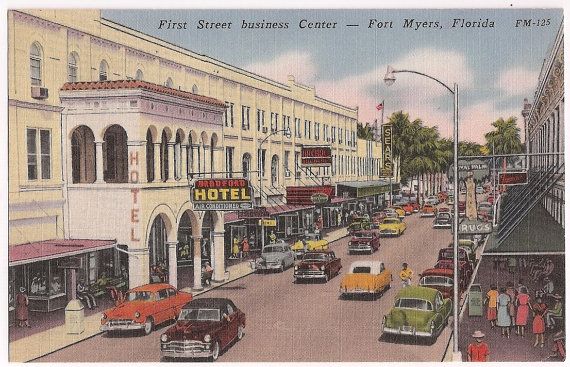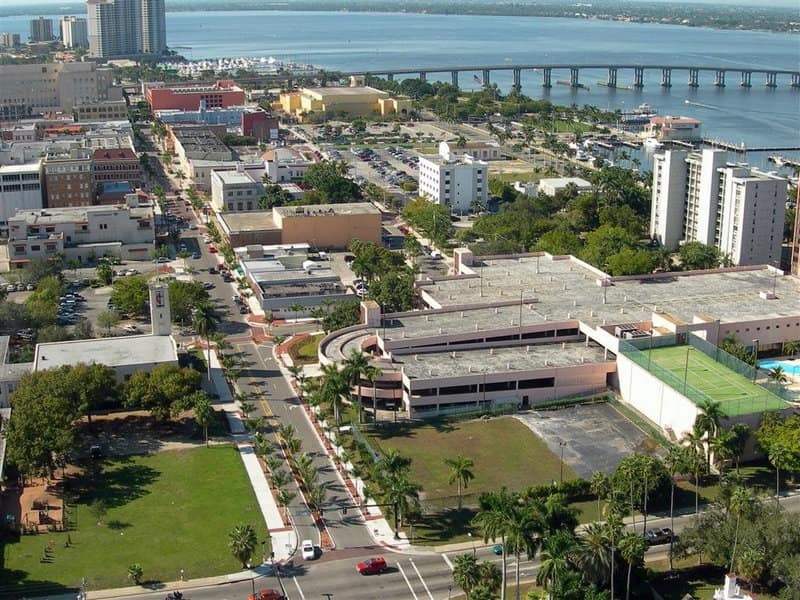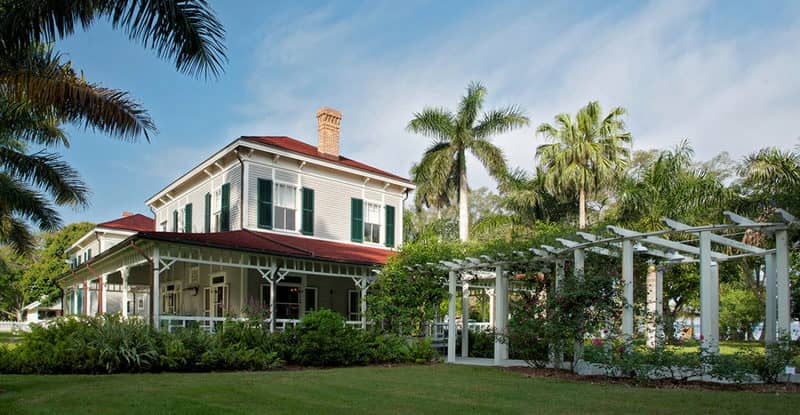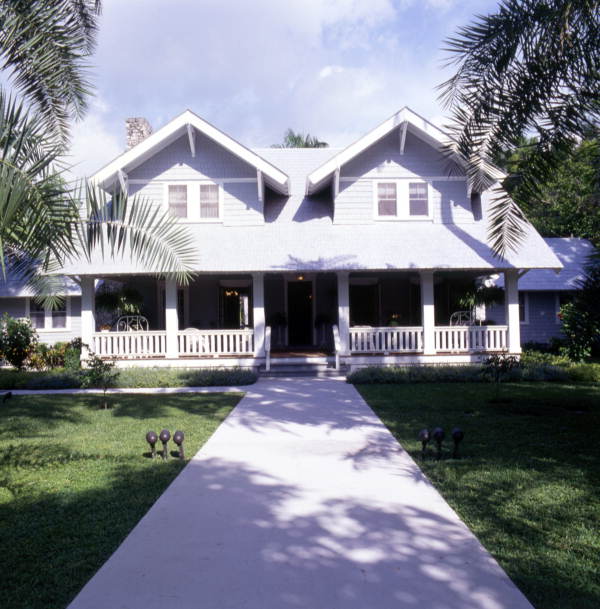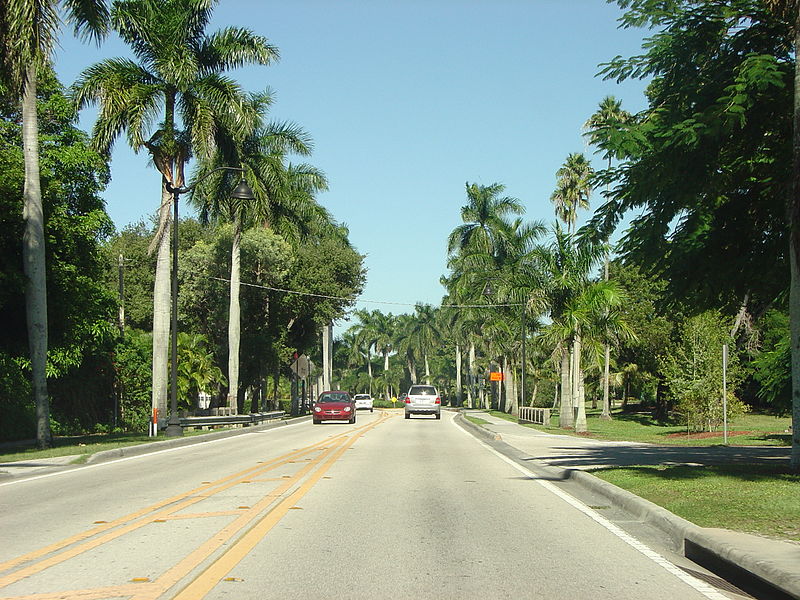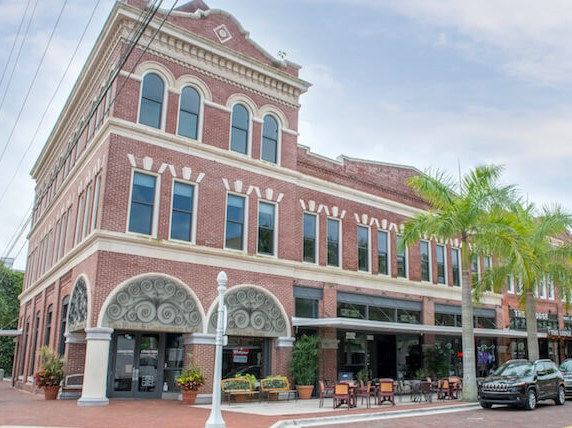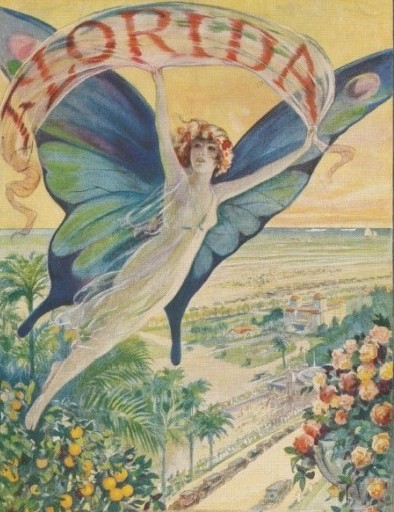- Home
- Florida Towns
- Fort Myers
FORT MYERS, FLORIDA
By Mike Miller Updated August 12, 2025
Fort Myers, Florida Things To Do, Lodging, Dining, & Real Estate At End Of Article
Fort Myers is in the southwest part of the state 125 miles south of Tampa and 40 miles north of Naples.
It is located on US-41 and is near several I-75 exits. State Road 80 also comes in from West Palm Beach on the east coast.
Fort Myers is on the south bank of the Caloosahatchee River where it meets the Gulf of Mexico near Sanibel and Captiva and Pine Islands.
It is on the other side of the river from its newer and bigger neighbor, Cape Coral.
HISTORY OF FORT MYERS, FLORIDA
The area around Fort Myers Florida is thought to have been visited twice by Juan Ponce de Leon's expeditions in 1513 and 1521.
Southwest Florida saw sparse habitation in the 16th and 17th centuries, occasionally seeing Spanish fishermen and pioneers who set up temporary encampments on the barrier islands and coast.
In the 1700s, San Carlos Bay and Charlotte Harbor became popular spots for Caribbean pirates looking to careen their ships for maintenance and tally their booty.
The presence of the Spanish and its status as a hangout for buccaneers made the spot notable enough for British cartographers to put it on their 18th century maps.
When Florida became a US Territory in 1821, protection for Florida's influx of settlers and entrepreneurs soon became a priority for the federal government.
Unfortunately for this effort, Florida already had inhabitants, the Seminole.
A conglomeration of Muskogee tribes, escaped slaves and other refugees, these resourceful natives had been pushed out of their traditional homes in the colonies down into Florida's mangroves and subtropical forests.
For years they had found peace and sanctuary in this dense and desolate wilderness.
The Seminole would not give up their new home without a fight, and the US government had not forgotten the Seminole's vengeful raids across the border while Florida flew a British flag.
Thus began the Seminole Wars.
By 1850, the newer settlers were starting to clash with Seminoles in the south.
A spot along the Caloosahatchee River was chosen for the site of the first base of operations in what came to be as the Third Seminole War: The Revenge of Billy Bowlegs.
The first fort of many to come in Southwest Florida, Fort Myers was named after Colonel Abraham C. Myers, whose father-in-law was the commander of Ft. Brooks in Tampa.
I guess sometimes making history is more about who you know than what you've done.
With the surrender of Chief Bowlegs in 1858, the last major Seminole threat in Florida was removed.
From 1863 to 1865, the fort was occupied by the Union.
It was the site of the Civil War's southernmost battle when a small contingent of rebels failed to capture the fort.
Ironically, the fort's namesake Abraham C. Myers was serving in the Confederate Army at the time in the unenviable position of CSA Quartermaster General.
After the Civil War had ended, the fort lost all strategic value.
It was soon dismantled for materials by the crackers and cattle ranchers living on the Caloosahatchee plains.
As the Confederate battalion that attacked Fort Myers had been comprised of local ranchers, one has to wonder if perhaps the fort's dismantling wasn't just about easy money.
Regardless, some of the first structures in Ft. Myers were built with timber taken from the dormant outpost.
In 1885, the Town of Ft Myers FL was incorporated.
THOMAS ALVA EDISON COMES TO FORT MYERS, FLORIDA
Thomas Alva Edison built his winter home, Seminole Lodge, in the new city. For a time the inventor was Ft. Myers' most notable resident.
Edison was instrumental in the development of Fort Myers when he wasn't conducting experiments in his lab at the Lodge.
He loved Fort Myers so much he convinced his close friend Henry Ford to come down and be his next door neighbor.
Near the turn of the century, the unfortunately named "Tootie" McGregor and the Edisons began a beautification project in the city.
The team trucked in Royal Palms to be planted along picturesque Riverside Drive, now appropriately called McGregor Boulevard.
I'm guessing they never considered naming it Tootie Boulevard.
Some of those original palm trees still line the street, many reaching heights of 75 feet.
Fort Myers is home to so many varieties of palms and subtropical plants that it's nicknamed "The City of Palms".
With the construction of the lush Royal Palm Hotel in 1898, Fort Myers became a major destination for the rich and famous.
Its excellent fishing and warm Gulf waters enhanced its reputation.
Major construction projects brought jobs and growth to the city.
The construction of the Tamiami Trail Bridge in 1924 brought the city's first real estate boom. Fort Myers was spreading like a wildfire.
The happy days were not to last long for the city, though.
The real estate boom soon turned into a bust as the country entered the Great Depression. While the city struggled, federal works projects did manage to bring some aid.
The Works Progress Administration brought Ft. Myers the Edison Bridge, Yacht Basin and the Parthenon-like Federal Post Office building.
Fort Myers During World War Two
As with many cities in America, World War II revitalized the local economy.
Ft. Myers came full circle, once again becoming a military outpost with the arrival of the Buckingham Field and Page Field air bases.
While they were saving towns in Europe, our service men and women were also saving towns in America with their dollars.
The thousands of military personnel brought Ft. Myers back from the dead with their business and the government contracts that came with them.
FORT MYERS, FLORIDA TODAY
Fort Myers has grown from a small cowpoke town to a major tourist destination with Boston Red Sox and Minnesota Twins training camps.
Numerous high rise condos were built in downtown Fort Myers in the early and mid 2000s.
The residents have created a vibrant downtown section with plentiful shops, restaurants and other businesses.
There are several marinas along the Caloosahatchee River in the downtown area. The city's proximity to the Gulf makes it a boating center.
Fort Myers is also the county seat of Lee County and there are many government offices as well as offices for the government related businesses such as attorneys and title companies.
THINGS TO DO IN FORT MYERS, FLORIDA
Edison and Ford Winter Estates
2350 McGregor Blvd., Fort Myers, FL 33901 | (239) 334-7419
The beautifully maintained winter homes of Thomas Alva Edison and Henry Ford still fascinate modern visitors. We enjoy touring the stunning gardens, the impressive laboratory, and the museum filled with inventions and artifacts.
Visitors love learning about the lives and works of these two remarkable inventors. The sprawling estate with its banyan trees and scenic river views offers a glimpse into the past and a peaceful retreat from the city.
Magic Wind Adventure Sailing
2500 Main St, Fort Myers Beach, FL 33931 | (800) 975-5824
Join Captain Dan & Dianne for a high seas adventure on their 38' sailboat, the "Star of Orion". 1/2 day or multiple-day outings are available. Located in Salty Sam's Marina, you'll truly enjoy searching for dolphins, sea turtles, and other wildlife.
Manatee Park
10901 State Road 80, Ft Myers FL 33905 | (239) 694-3537
Manatee Park is a non-captive refuge for Florida manatees, especially during the cooler months. You're almost guaranteed to see a manatee here during the Winter as they come in to escape the chilly ocean.
We enjoy watching these gentle giants from the viewing areas and learning about their habits and conservation at the visitor center. The park also offers kayak rentals, allowing visitors to explore the waters and possibly get closer to the manatees.
Imaginarium Hands-On Museum
2000 Cranford Ave, Ft Myers FL 33901 | (941) 337-3332
Imaginarium Science Center is an interactive museum and aquarium where kids and adults alike can engage with over 60 hands-on exhibits.
We enjoy the "hurricane simulator", which will blow your socks off. 3D films, the Virtual Reality Lab, and the live animal encounters provide fun and educational experiences.
Visitors appreciate the variety of activities, from touching stingrays to exploring the Science of Motion exhibit, offering something for everyone in the family.
Six Mile Cypress Slough Preserve
7751 Penzance Blvd, Fort Myers, FL 33966 | (239) 533-7550
Six Mile Cypress Slough Preserve is a 3,500-acre wetland ecosystem that's home to diverse wildlife, including alligators, otters, and wading birds.
We enjoy walking the boardwalk that meanders through the slough, offering perfect spots for photography and wildlife viewing.
Visitors appreciate the guided tours and interactive exhibits at the Interpretive Center, which enhance the experience of this natural sanctuary.
Fort Myers River District
First Street, Fort Myers, FL 33901
Fort Myers River District is a vibrant downtown area known for its lively arts scene, boutique shopping, and excellent dining.
We enjoy the monthly Art Walk and Music Walk events, where galleries and venues open their doors to the public for an evening of entertainment and culture.
Visitors like the blend of historic architecture and modern amenities, making it a perfect place to explore, dine, and shop.
Lakes Regional Park
7330 Gladiolus Dr, Fort Myers, FL 33908 | (239) 533-7575
Lakes Regional Park spans 279 acres of beautiful scenery, including freshwater lakes and picturesque trails. We enjoy renting bikes or paddleboats to explore the park’s waterways and pathways.
The Fragrance Garden and the Children’s Garden are visitor favorites, offering a sensory experience with plants and playful installations. The park's train rides and playgrounds also make it a hit with younger guests.
Calusa Nature Center and Planetarium
3450 Ortiz Ave, Fort Myers, FL 33905 | (239) 275-3435
Calusa Nature Center and Planetarium is an environmental education center set on 105 acres. We enjoy the walking trails, aviaries, and the informative planetarium shows that explore the wonders of the universe.
Visitors like the live animal demonstrations and the opportunity to learn about the native plants and animals of Southwest Florida in a hands-on setting.
Fort Myers Beach
Estero Blvd, Fort Myers Beach, FL 33931
Fort Myers Beach is known for its sugary white sand and lively beachfront scene. Visitors enjoy the wide variety of water sports available, from parasailing to jet skiing, and the family-friendly atmosphere.
The beach's pier is a popular spot for fishing and watching sunsets. We love the many beachside bars and restaurants where we can dine with a view of the Gulf of Mexico, making it the perfect spot for a day of fun in the sun.
Lovers Key State Park
8700 Estero Blvd., Bonita Springs FL 33931
The Park spans 712 acres in Fort Myers Beach, Florida. It covers four barrier islands: Lovers Key, Black Island, Inner Key, and Long Key. The park offers a two-mile beach, mangroves, and trails. Visitors kayak, hike, and watch wildlife. Reach it via State Road 865 from Fort Myers or Bonita Springs.
Cayo Costa State Park
off Captiva, FL 33924
Located about 27 miles from Fort Myers, Cayo Costa State Park has no physical address due to its island location. It’s open daily from 8 AM to sunset. Access is by private boat or ferry from Pine Island.
Thai Star at 6611 Orion Drive, No. 106, Fort Myers, FL 33912, Tel: 239-208-4057 is our favorite local restaurant. It features casual dining and great traditional Thai food.
Read our review of Thai Star.
FORT MYERS FLORIDA GOOGLE INTERACTIVE MAP

Florida is the fastest-growing state in the United States and also the fastest-changing. If you see anything in this article that has changed or is in error, please let me know.
Thousands of Florida fans subscribe to our free daily Ezine, Florida Heritage Travel and we have 130,000 followers on Facebook.
By Mike Miller, Copyright 2009-2025
Florida-Back-Roads-Travel.com
Florida Back Roads Travel is not affiliated with or endorsed by Backroads, a California-based tour operator which arranges and conducts travel programs throughout the world.
